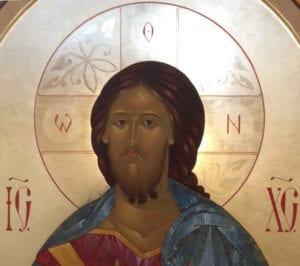Recently I read an article about the way professors are teaching art at universities, and how they have adopted the critical thinking method used in other disciplines and applied it to teaching art. (you may read the article here: http://www.twocoatsofpaint.com/2016/03/laurie-fendrich-how-critical-thinking.html )
I wrote a comment about the article on my personal Facebook page, which follows:
I agree with the points raised in this article regarding painting and how it is taught today. I think this was already beginning when I was in school at UT where it felt like only the idea behind the art was worthy of attention and painting techniques were not taught except by one “old-school” teacher. However even the best well thought out ideas/concepts still need to be expressed well. The painting materials and fundamentals of composition and color theory are the vocabulary. Technique is important for articulate expression as well as the longevity of the art. The process of expression through painting (rather than using ready-made computer images) is an experience that enhances whatever the original idea behind the painting was and transforms both the painter and the viewer at a visceral, as well as, at an intellectual and spiritual level. To emphasize critical thinking when teaching painting is to dissect its soul. A painting should not need an essay to explain itself.

Christ Pantocrator
Since I read that article and wrote the comment, I started reading a book called The Art of Seeing: Paradox and Perception in Orthodox Iconography by Fr. Maximos Constas. In the introduction he writes about how in art one cannot separate the mental from the sensory/bodily aspect of painting, that art is a holistic sensory experience, which can produce a transformation at a spiritual level, so that the objects perceived transcend our physical realm, they are transfigured and elevated into a spiritual plane. Of course, he is talking in particular about icons, but I believe some forms of art can produce the same effect. The manner in which this is achieved particularly in iconography, is through the use of antinomical values. In order for art to produce an experience, which transcends the realm of sensuality, it needs to possess contradiction and paradox. These qualities or values make us uncomfortable and shake us out of our regular mode of perceiving and processing objects of perception, because they are not aligned with our symmetrical, harmonious, classical ideals of beauty. In this way the interaction with the subject we perceive can shift, and we are presented with an odd situation in which the subject seems to be perceiving us.
So for example if one is looking at the icon of Christ it will appear as if He is watching us. We find ourselves being observed as if we are reflected on each other. This is quite an amazing experience.
This is a paraphrasing of a few pages of the introduction of this book and it is about how iconography affects those who contemplate the icons. Reading this passage reminded me of the futility of teaching art through critical thinking. It misses a huge part of what art is and how it can make us transcend our own logical mind and elevate us to sublime heights, which can only be reached going beyond the mind and into the realm of spirit.
I can’t wait to keep reading more of this book!
You can view more icons at www.iconarts.com